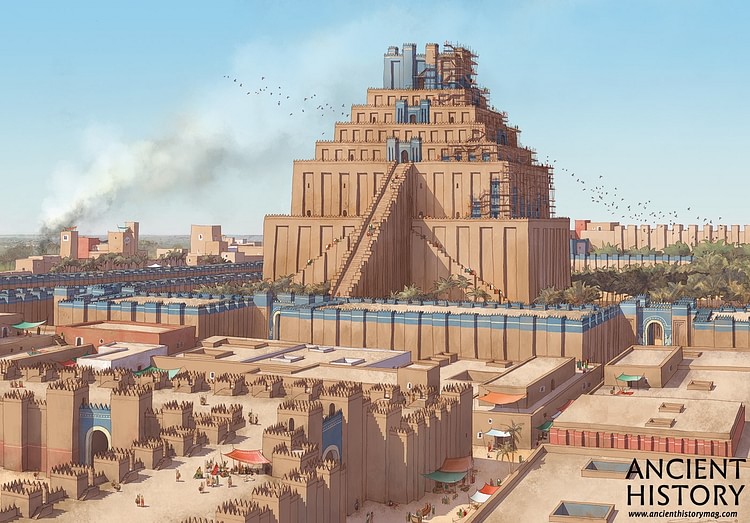Mesopotamian religion was informed by the belief that humans were co-workers with the gods in maintaining the order created at the beginning of time and so religious expression was integral to daily life in ancient Mesopotamia in how they chose to perform tasks on the job, behave toward others, and honor those gods.
Among the most common displays of respect for the divine was Mesopotamian art and architecture in which the deity's depiction emphasized some defining characteristic. The terracotta plaque, Ishtar Standing on a Lion, for example, shows the goddess armed above a subdued lion, symbolizing her role as a powerful war deity. The stamp-seal of Gula, goddess of healing, depicts her in the presence of one of her dogs – also associated with healing – welcoming a supplicant, in keeping with her primary role.
The gods of ancient Mesopotamia were not only venerated through formal artwork like plaques or reliefs, however, but through everyday objects – amulets, charms, figurines – one would carry or keep around the home to court a certain deity's favor or ward off the threats from evil spirits or demonic energies. This was also true of temples where foundation figures, in the form of the king who commissioned the building, were ritually buried to mark off the sacred from the common areas.
Since the world was understood as alive with spiritual energies – positive and negative – it was considered prudent to take measures to attract the bright energies and defend against the dark through sacred objects used to ward off bad luck, ghosts, the schemes of sorcerers, and the physical maladies that were recognized as either a spiritual attack or the result of one's own sins and a god's displeasure.
The following gallery presents a sampling of the stele, amulets, statuary, figurines, and temples, which developed from Mesopotamian religious belief. Among these are some of the most famous works from the region such as the Code of Hammurabi, the Mask of Warka, the Warka Vase, and the Nimrud Dogs along with lesser-known pieces including the votive figures, stamp seals, cylinder seals, spells, and reliefs.
